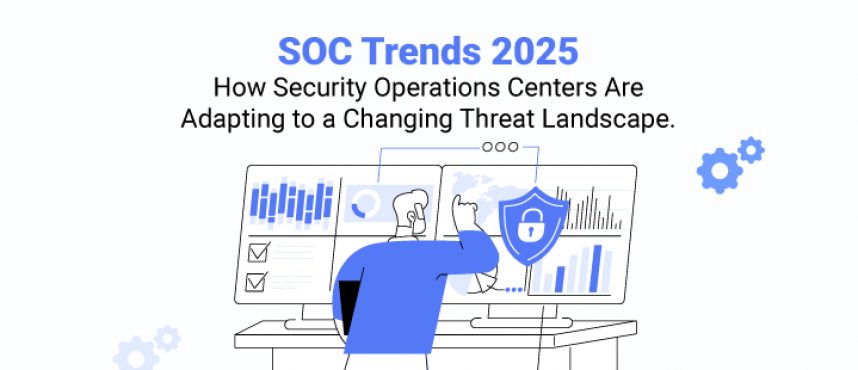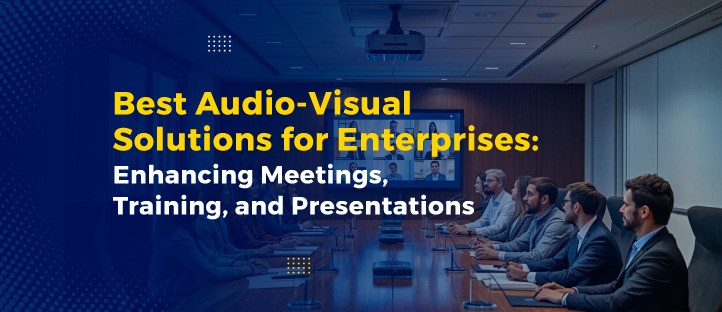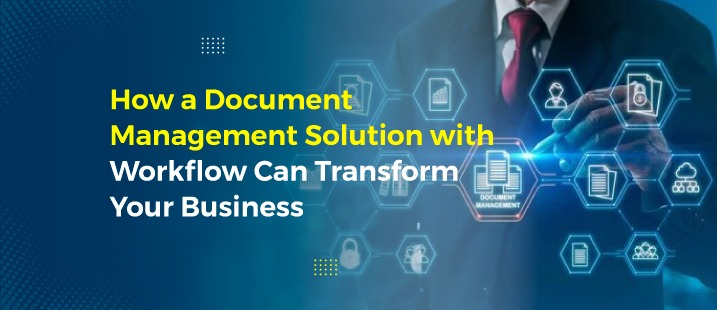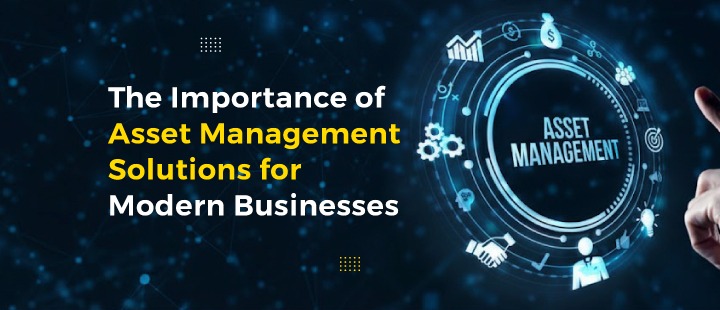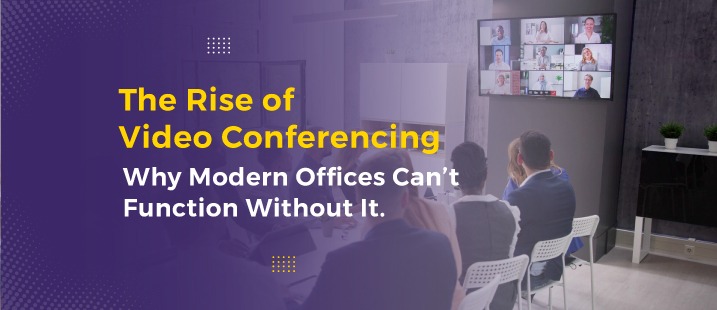How Security Operations Centers Are Adapting to a Changing Threat Landscape.
The cybersecurity world in 2025 is very different from what it was a few years ago. The rise of Artificial Intelligence (AI) is not only changing the way threats are detected but also how they are created. Cybercriminals are now leveraging AI to launch faster, more evasive, and highly targeted attacks, making traditional security methods increasingly obsolete.
In response, Security Operations Centers (SOCs) are undergoing a major shift. What was once a reactive setup focused on logging and alerting is now evolving into a dynamic, AI-assisted command center that anticipates threats and acts decisively.
Leading cybersecurity service providers in India, such as AtmosSecure, are leveraging real-time threat detection and automated response to make modern SOCs smarter, faster, and more resilient, driven by data, machine learning, and adaptive security frameworks.
Whether you’re a security leader, IT decision-maker, or part of a managed services team, staying ahead of SOC trends in 2025 is crucial to protecting your digital infrastructure.
1. Managed Detection and Response (MDR) Becomes a Standard
One of the most visible shifts in 2025 is the growing adoption of Managed Detection and Response (MDR). Unlike traditional monitoring solutions, MDR offers 24/7 analysis of threats with active response capabilities. For organizations lacking in-house expertise or round-the-clock coverage, MDR fills a critical gap.
MDR combines machine learning, expert human analysis, and automated responses to deliver fast and accurate threat mitigation. As businesses strive to reduce response times and limit damage, MDR is emerging as a must-have component of modern SOC services.
2. SOC Monitoring is Moving to the Cloud
Cloud-first environments are now the norm, and SOC monitoring tools are adapting accordingly. Traditional on-premises solutions are struggling to keep up with the distributed nature of today’s hybrid infrastructure.
Cloud-native SOC platforms allow businesses to monitor diverse environments from a single pane of glass, offering more visibility and scalability. They also support integrations with advanced tools and automation, making them ideal for modern security operations.
In 2025, we’re seeing more organizations transition to SIEM SOC services that offer cloud compatibility and advanced analytics, without compromising on compliance or control.
3. The Role of SOC Audits is Gaining Strategic Importance
Gone are the days when a SOC audit was simply a checkbox exercise. In 2025, organizations view audits as a valuable tool for continuous improvement. Regular audits help identify process gaps, ensure compliance with security standards, and improve readiness against targeted attacks.
With regulatory expectations on the rise, a well-documented and actively maintained SOC audit process is now an essential part of any organization’s cybersecurity strategy.
4. Smarter, Faster Threat Detection
Speed and accuracy in threat detection are more important than ever. With threats becoming increasingly complex, relying solely on static rules and signature-based systems no longer cuts it.
In 2025, SOCs are embracing AI-powered analytics and behavioral detection. These systems can detect anomalies, adapt to new threats, and prioritize alerts based on potential impact. The goal is not just to detect an incident, but to understand its context and take swift action.
This proactive approach is especially effective when integrated into SIEM SOC services or deployed via MDR providers who offer real-time investigation and response.
5. Consolidated SOC Services for Greater Efficiency
To simplify operations and reduce complexity, many companies are opting for consolidated SOC services. They are integrated platforms that bring together SIEM, SOAR (Security Orchestration, Automation and Response), threat intelligence, and case management into a unified workflow.
This reduces alert fatigue, improves collaboration among teams, and streamlines incident response processes. These all-in-one services also offer better visibility across endpoints, networks, and cloud workloads, making it easier to detect and contain threats before they escalate.
6. Compliance and Governance in Focus
2025 is also bringing a stronger emphasis on compliance. With data privacy laws becoming stricter across geographies, organizations must ensure that their security operations centers can demonstrate control, visibility, and accountability over their data.
A well-governed SOC includes documented processes, regular audits, and alignment with frameworks like ISO 27001, NIST, or GDPR. More than a security requirement, compliance is becoming a business differentiator.
Preparing Your SOC for 2025
As businesses expand their digital footprint, having a strong, responsive, and forward-looking Security Operations Center is no longer optional, but it’s essential. Embracing trends like managed detection and response, intelligent SOC monitoring, strategic audits, and AI-based threat detection will help organizations not only defend against today’s threats but also prepare for tomorrow’s.
You can also take the help of the managed service providers like AtmosSecure. They are a trusted cybersecurity solution provider with a team of certified experts to assess and secure your organization against emerging cyber threats.



